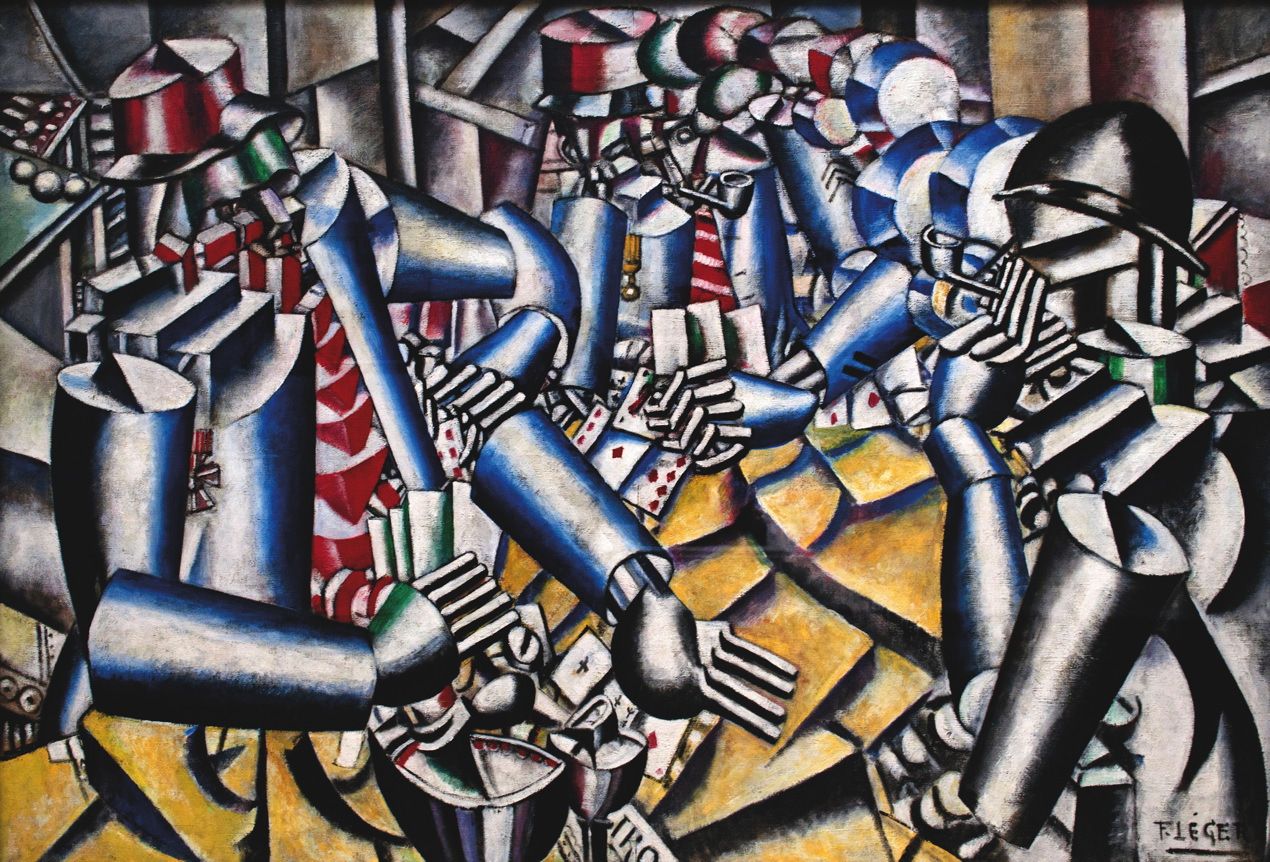Fernand Léger: New Times, New Pleasures
Despite passing away over sixty years ago Fernand Léger remains an artist who defines the aesthetic of the modern age. The curator of an expansive new exhibition of his work says why
Fernand Léger was an artist of his time. Born in Normandy during 1881 and active throughout the opening half of the 20th century, his work both documented and mirrored that most tumultuous of eras. More than fifty of his works – including paintings, murals, textiles and even film – are now set to be shown as part of Tate Liverpool’s expansive Fernand Léger: New Times, New Pleasures exhibition.
Léger initially trained as an architect before relocating to Paris right on the century’s turn. It was this move which was to intensely shape his painting.
“He’s one of those artists who tell you about the mechanical age, which was at its height when he lived in the capital,” explains Darren Pih, exhibition curator at Tate Liverpool. “There was this rise of advertising, billboards, Hollywood and mass media which was all changing city landscapes at a quickening pace. The metropolis was becoming a new nature and Léger was responding to this. He was a man aware that painting had to speak of its age and not be created solely in isolation in a controlled studio environment.”
Following the outbreak of World War I Léger was to spend two years fighting on the front in the Argonne Forest, close to France’s border with Belgium. Whilst convalescing from a gas attack he painted The Card Players – to be shown in Liverpool – which concisely displays both Léger’s change in technique and the humanity he brought to such apparently bleak subject matter.
“That particular work shows soldiers in the trenches but playing cards, so isn’t your typical depiction of wartime atrocities,” says Pih. “The men are portrayed as if they’re made from machine parts, almost mechanical figures, but he’s finding a fundamental humanity there despite the dehumanising elements of such a catastrophic war.”
Between the wars the artist remained enthralled by the changes to modern life developing all around him. He consistently found ways to bridge between fine art and human dignity and even moved into film, memorably producing 1923’s Ballet Mécanique with Man Ray, a work shown as part of this exhibition and regarded as something of an avant-garde classic. Then, as World War II came around, Léger once again helped shift the landscape for contemporary painting.
“The Machine Age, which had initially enthralled him, was beginning to be turned back against mankind in many ways during the Second World War with things like the Holocaust and Hiroshima utilising technology against the people,” explains Pih. “Subsequently Léger returned to objectivity but retained his positivity. The way he was working both politically and with optimism during these difficult times is, I believe, the reason his work endures.”
Despite passing away over sixty years ago Fernand Léger remains an artist who defines the aesthetic of the modern age. His work documents how he responded to both world wars, never shying from brutality but retaining a strong sense of humanity throughout. It’s these qualities Pih believes help Léger’s work continue to resonate so robustly.
“For me his painting embodies the way relations between countries needed to be rebuilt, to be rebooted, and he combined politics with a desire to be appreciated globally. With one foot in the gallery and the other on the factory floor he perfectly united the meaningful with the accessible.”
Fernand Léger: New Times, New Pleasures is at Tate Liverpool, 23 Nov to 17 March 2019
Main image: La Partie de Cartes 1917

Leave a reply
Your email address will not be published.